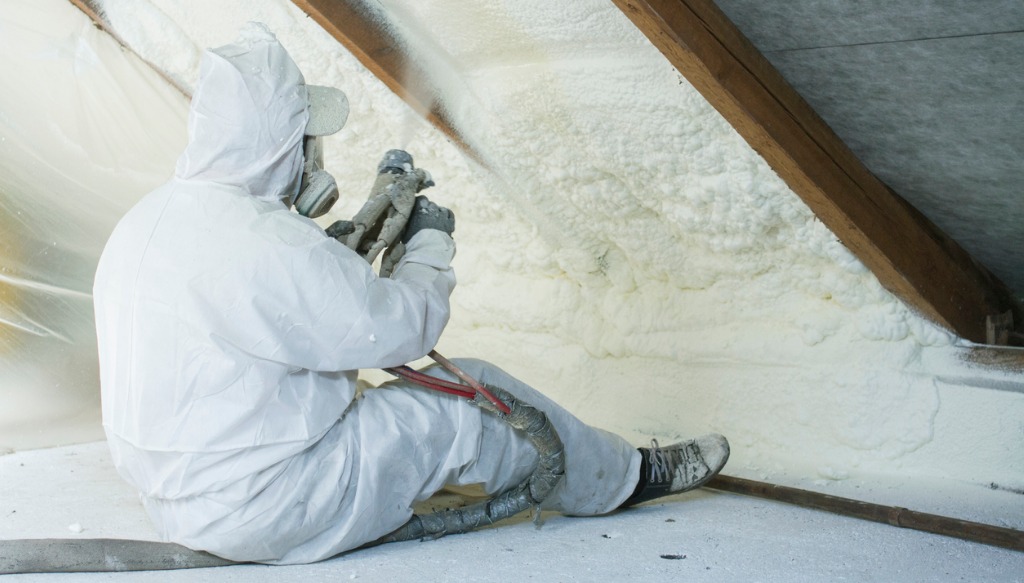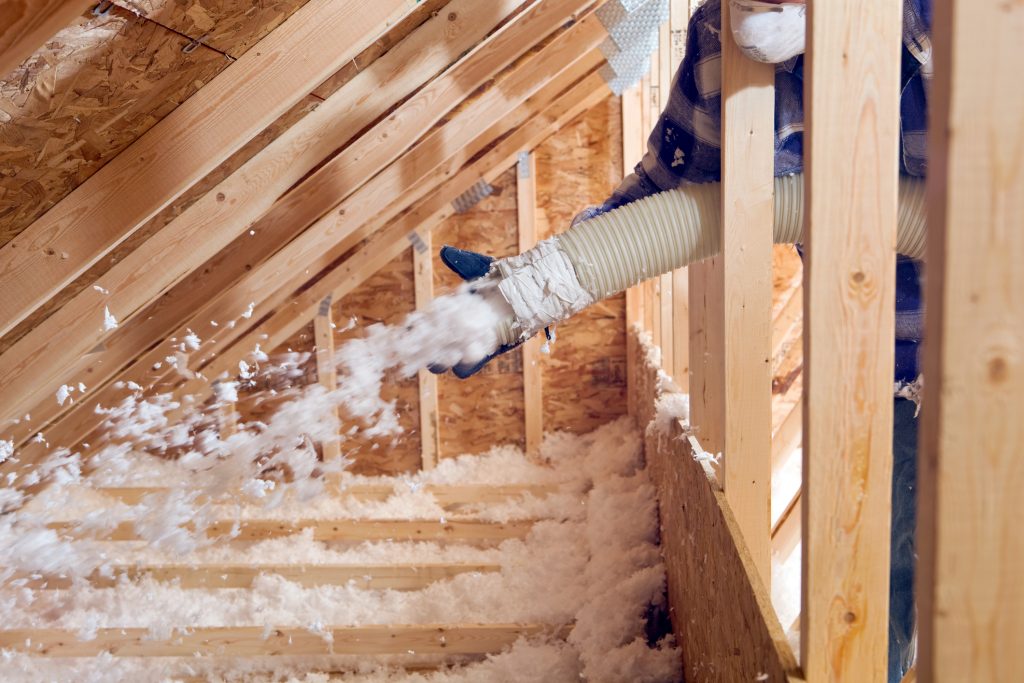If you own or manage an HMO, you already know the challenges — keeping energy bills under control, reducing noise between rooms, and dealing with constant wear and tear. One upgrade that can quietly solve a lot of these headaches? Spray foam insulation.
It’s not just about keeping heat in. Spray foam comes with a lot more benefits that make it ideal for shared living spaces. Whether you’re managing a student house, a multi-let property, or a bigger block, here’s the reasons why spray foam is a great investment.
1. Lower Energy Bills (Even With the Heating On Constantly)
Let’s be honest: in most HMOs, someone always has the heating on. That’s just how it goes.
Spray foam works by sealing up every little gap, crack, and draughty corner, so heat actually stays in the building. That means radiators don’t have to work as hard, and your boiler isn’t running 24/7 just to keep up.
The benefits? Lower running costs, even if tenants aren’t the most energy-conscious.
2. Better Soundproofing Between Rooms
This one’s important in a HMO. Shared houses naturally means unwanted noise from others. Doors slamming, TVs blaring, people on late-night phone calls — it’s part of the deal. But that doesn’t mean it has to echo through the whole place and impact all tenants.
Spray foam has great acoustic properties. It absorbs sound and helps cut down the noise travelling between floors, walls, and shared spaces. That makes life more peaceful for everyone — and fewer complaints for you.
3. Less Condensation, Less Mould
In HMOs, bathrooms and kitchens are frequently in use and clothes are often drying throughout the house creating a lot of moisture. When warm air hits a cold wall or ceiling, it turns into condensation — and before you know it, you’ve got mould creeping in.
Spray foam helps here too. It adds a thermal barrier that keeps surfaces warmer, so moisture doesn’t collect as easily. That means fewer black spots on the walls and a healthier, drier property overall.
4. Long-Term Investment That Pays Off
Here’s the thing about HMOs: they get hammered. People move in and out, furniture scrapes walls, things get broken. But once spray foam is installed, it just does its job quietly for years. No topping up, no shifting insulation batts around, no worrying about draughts.
It’s a one-time upgrade that keeps paying you back — through energy savings, reduced maintenance, and a more comfortable environment that tenants actually want to stay in.
5. Helps With EPC Ratings and Regulations
Energy rules are getting tighter, especially for rental homes, so landlords can’t ignore EPC ratings anymore. The good news? Spray foam can give your rating a real boost — which means fewer headaches when it comes to staying compliant.
If you’re doing a refurb or trying to get a property ready for long-term lets, this is an easy win.
6. Adds Value (and Makes It Easier to Fill Rooms)
All tenants care about comfort – a warmer, quieter, and mould-free home is just nicer to live in. That can mean they’ll stay put for longer, so a landlord you can be confident of consistent rent and even higher interest from potential tenants.
And if you’re planning to sell down the line, having proper insulation already in place is a great selling point — especially as buyers become more energy-savvy.
Thinking About Upgrading Your HMO?
At Metropolitan Insulation Services, we’ve worked on plenty of shared homes, from small student houses to big multi-storey HMOs. We can give you straight-up advice on where spray foam will help most, and what the process looks like.
Call us on 0800 028 4042 if you’d like to chat options or get a free quote. No obligations — just honest guidance from experts in the industry.



